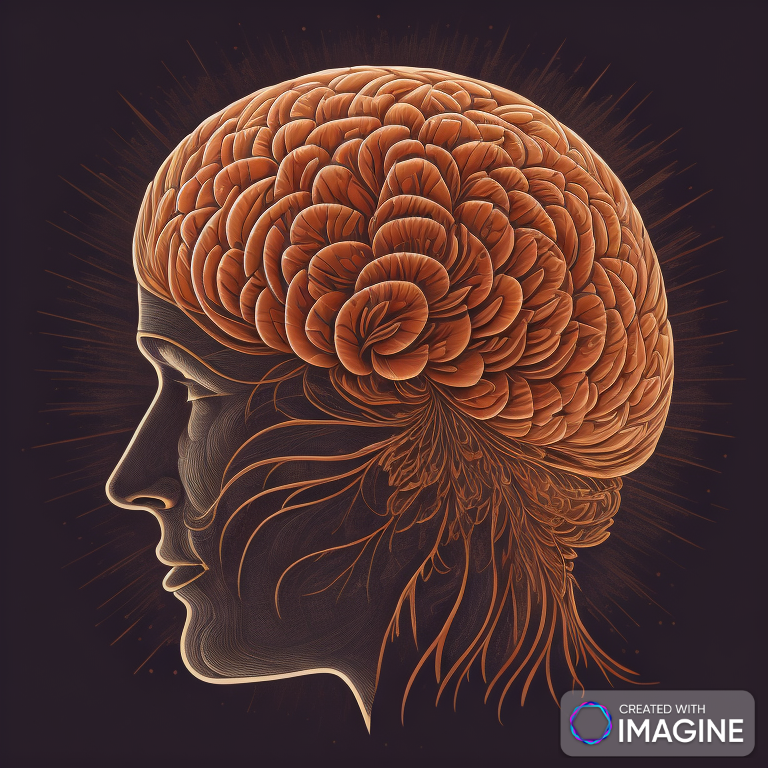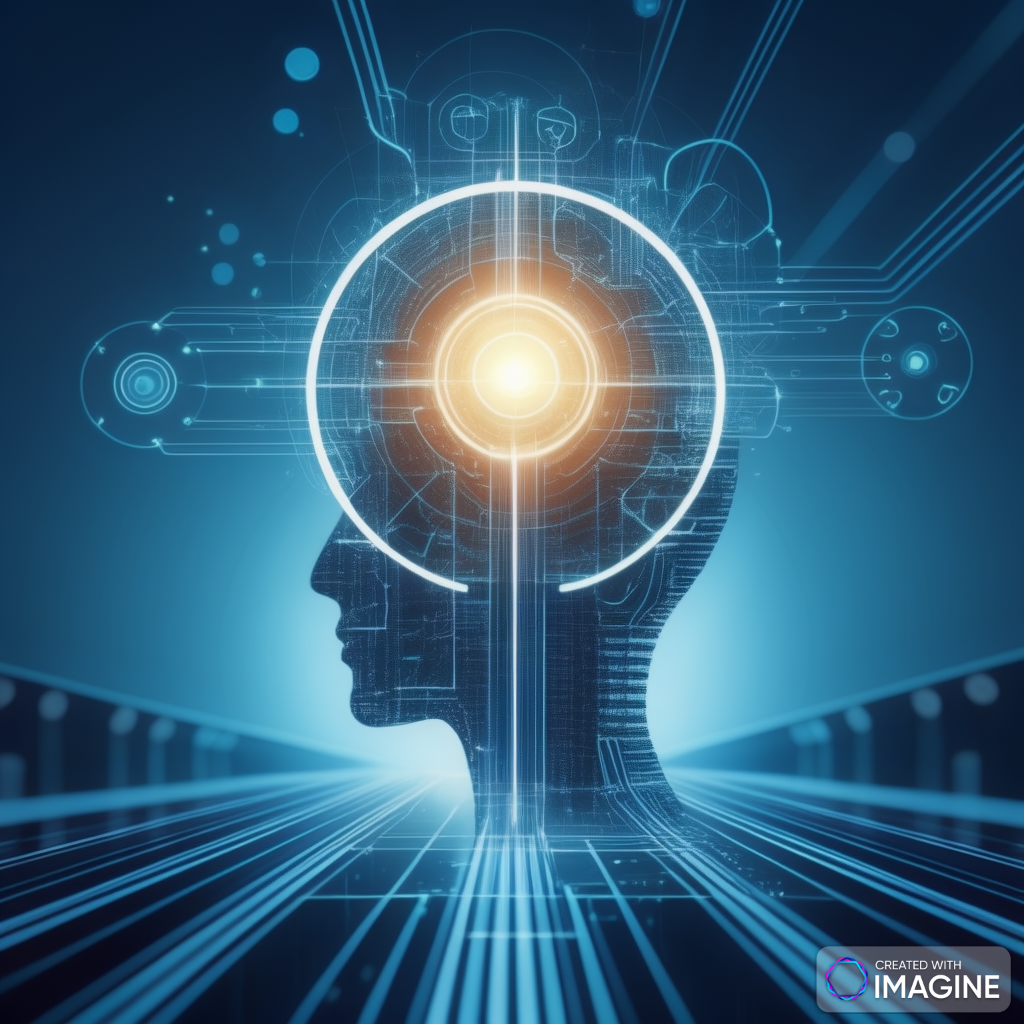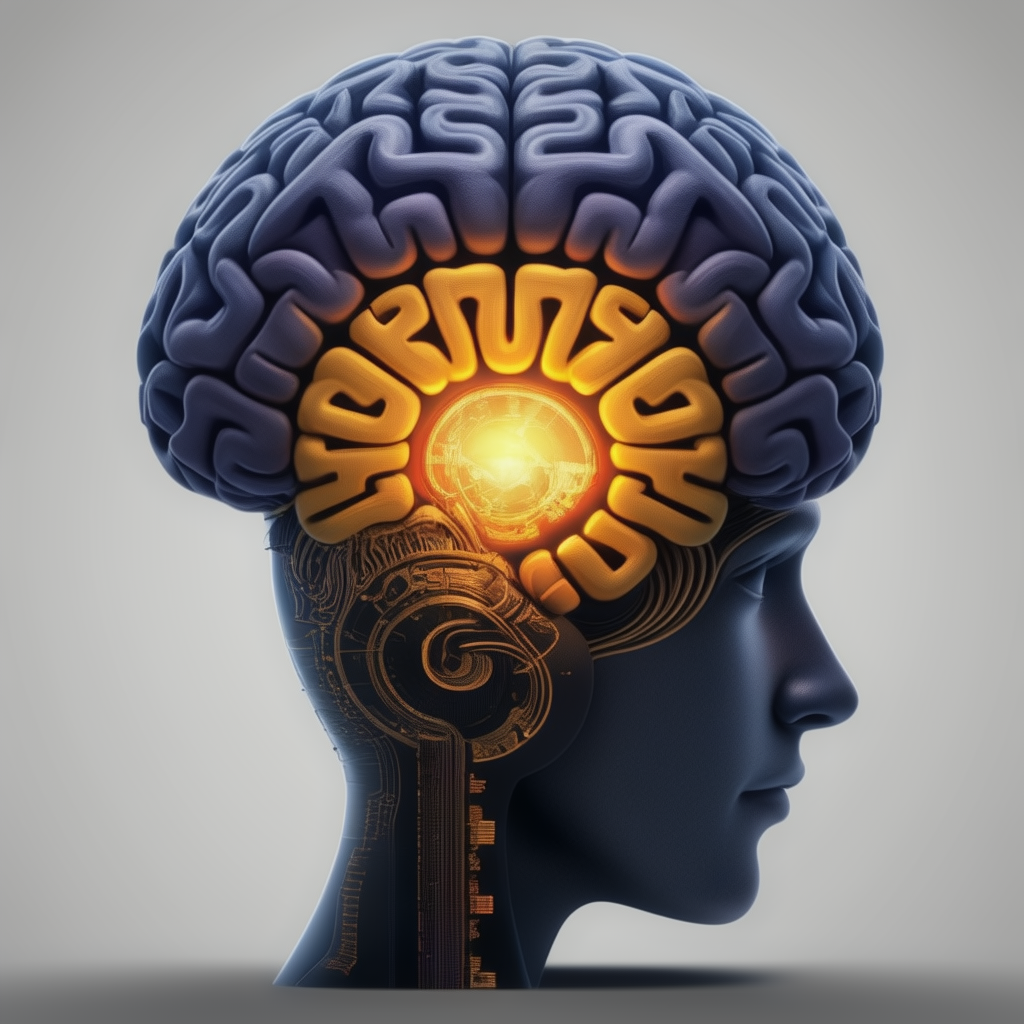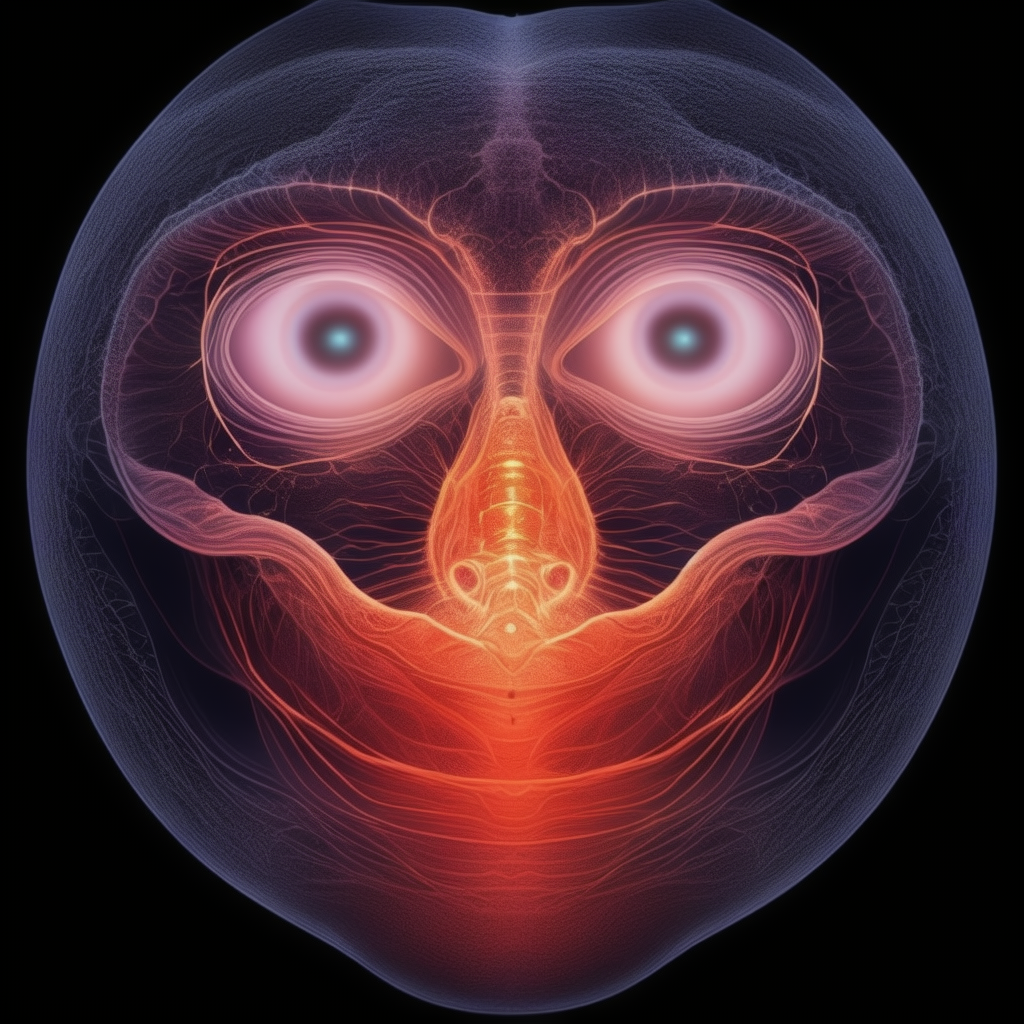Gen AI: Integrating VOICE, Video, and LLM
Artificial Intelligence (AI) has revolutionized how we interact with technology, leading to the development of generative AI (Gen AI), which combines voice, video, and large language models (LLMs) to create intelligent, interactive systems. This blog post delves into the intricacies of Gen AI, exploring what it is, its scientific principles, engineering efforts, applications, and the technological infrastructure behind it.
What is Gen AI?
Gen AI refers to AI systems capable of generating content, such as text, images, audio, and video, that mimic human-like creativity and understanding. These systems leverage advanced neural networks to create outputs based on the data they have been trained on, allowing them to simulate conversations, create realistic images and videos, and even compose music.
What is a Large Language Model (LLM)?
Large Language Models (LLMs) are a subset of Gen AI, specifically designed to understand and generate human language. They are built using vast amounts of text data and deep learning techniques, enabling them to perform a variety of language-related tasks such as translation, summarization, and conversation. OpenAI’s GPT (Generative Pre-trained Transformer) series is a prime example of LLMs.
Historical Context of LLMs
The development of LLMs began with early advancements in natural language processing (NLP) and machine learning. Key milestones include:
- 1950s-1960s: Initial exploration of AI and NLP, with foundational work by pioneers like Alan Turing.
- 1980s-1990s: Development of statistical methods for NLP, such as Hidden Markov Models (HMMs).
- 2017: Introduction of the Transformer architecture by Vaswani et al., which became the basis for modern LLMs.
- 2018: Release of OpenAI’s GPT-1, followed by subsequent versions (GPT-2, GPT-3, and GPT-4), each showcasing significant improvements in language understanding and generation.
Scientific Principles Behind Gen AI
The core scientific principles behind Gen AI involve deep learning, neural networks, and transformers:
- Deep Learning: Utilizes multi-layered neural networks to model complex patterns in data.
- Neural Networks: Consist of interconnected nodes (neurons) that process data through weighted connections.
- Transformer Architecture: Employs self-attention mechanisms to process and generate sequences of data, allowing for efficient handling of long-range dependencies in text and other sequential data.
Engineering Efforts Behind Gen AI
Building and deploying Gen AI systems require substantial engineering efforts:
- Data Collection and Preprocessing: Gathering and cleaning large datasets to train the models.
- Model Training: Using high-performance computing resources to train neural networks on vast amounts of data.
- Optimization: Fine-tuning models to improve performance and efficiency.
- Deployment: Implementing models into applications, ensuring scalability and reliability.
Applications of Gen AI
Gen AI has numerous applications across various industries:
- Customer Service: Chatbots and virtual assistants that provide human-like interactions.
- Content Creation: Tools for generating articles, reports, and creative content.
- Healthcare: AI-driven diagnostics and personalized treatment recommendations.
- Entertainment: Creating realistic animations, music composition, and interactive gaming experiences.
Integrating Voice, LLM, and Video
Integrating voice, LLM, and video involves several key steps:
- Voice Recognition and Synthesis: Converting spoken language into text and vice versa using technologies like Automatic Speech Recognition (ASR) and Text-to-Speech (TTS).
- Language Processing: Utilizing LLMs to understand and generate human language, enabling meaningful interactions.
- Video Analysis and Generation: Employing computer vision techniques to analyze and generate video content.
Current Applications and How They are Built
Applications like virtual assistants, interactive customer service platforms, and content generation tools are built using Gen AI technologies. These systems often involve:
- ASR and TTS: For voice input and output.
- LLMs: For processing and generating natural language.
- Computer Vision: For understanding and generating video content.
Backend Infrastructure and Costs
The backend infrastructure for Gen AI applications typically involves:
- Cloud Computing: Platforms like AWS, Google Cloud, and Azure provide scalable computing resources.
- Data Storage: Efficient storage solutions for large datasets.
- High-Performance Computing: GPUs and TPUs for training large models.
- APIs and Microservices: For integrating various components and enabling communication between backend and frontend.
The costs associated with building and maintaining Gen AI applications include:
- Compute Resources: Costs for cloud computing and high-performance hardware.
- Data Storage: Expenses for storing large datasets.
- Development and Maintenance: Costs for software development, model training, and ongoing maintenance.
Data Flow and Integration
Data flows from the backend to the frontend through APIs and microservices. Here’s a typical flow:
- Input: Voice or text input from the user.
- Processing: ASR converts voice to text, LLM processes the text, and computer vision handles any video input.
- Response Generation: LLM generates a response, which may include text, voice, or video.
- Output: TTS converts text to voice, and the response is sent to the user.
Role of Cloud Technology
Cloud technology is crucial for 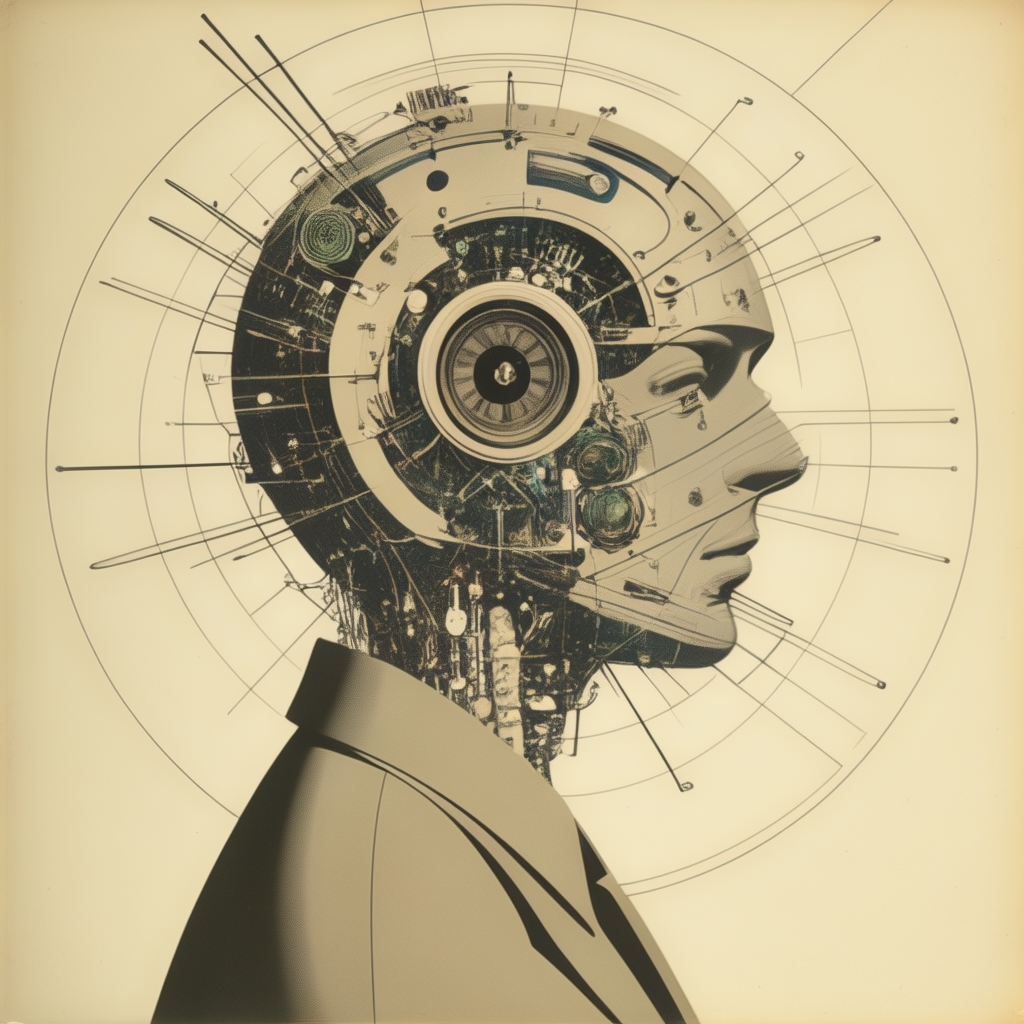 applications, providing:
applications, providing:
- Scalability: Ability to scale resources based on demand.
- Flexibility: Easy integration of various AI services and tools.
- Cost Efficiency: Pay-as-you-go models reduce upfront costs.
OpenAI and Cloud Hosting
OpenAI’s applications, like ChatGPT, are typically hosted on cloud platforms due to the need for scalable and reliable infrastructure. Cloud hosting offers the flexibility to handle varying workloads and provides robust security and compliance features.
Expanding on Gen AI: Integrating VOICE, Video, and LLM
Evolution of AI and NLP
Artificial Intelligence has undergone significant evolution over the decades. The early stages involved rule-based systems that relied heavily on pre-programmed instructions. These systems were limited in their capabilities and could not adapt to new information without manual updates. The advent of machine learning marked a significant shift, as algorithms began to learn from data and improve over time without explicit programming.
Natural Language Processing (NLP) is a critical component of AI, focusing on the interaction between computers and human language. Early NLP efforts included simple tasks such as spell checkers and keyword search. However, the development of statistical methods and the introduction of machine learning techniques like Hidden Markov Models (HMMs) and later, deep learning, significantly enhanced NLP capabilities.
The Transformer Architecture
The transformer architecture, introduced in 2017 by Vaswani et al., revolutionized the field of NLP and AI. Unlike previous models that processed data sequentially, transformers utilize a self-attention mechanism that allows them to process multiple pieces of information simultaneously. This parallel processing capability makes transformers more efficient and effective at handling large datasets and complex language tasks. The architecture’s scalability and flexibility have led to the development of highly advanced models like BERT, GPT, and T5, which have set new benchmarks in various NLP tasks.
Multi-Modal AI
Multi-modal AI refers to systems that can process and integrate multiple types of data, such as text, audio, and video. These systems leverage different neural network architectures suited to each data type. For example, convolutional neural networks (CNNs) are commonly used for image and video processing, while recurrent neural networks (RNNs) and transformers are employed for text and audio. Integrating these models allows AI systems to understand and generate content across different modalities, leading to more robust and versatile applications.
Speech Synthesis and Emotion Recognition
Speech synthesis, the artificial production of human speech, has advanced significantly with the development of neural network-based models. Modern TTS (Text-to-Speech) systems can generate speech that closely mimics human intonation and emotion, making interactions with AI more natural and engaging. Additionally, emotion recognition technology can analyze vocal tones and facial expressions to detect emotional states, enabling AI systems to respond more empathetically and appropriately to user inputs.
Generative Adversarial Networks (GANs)
Generative Adversarial Networks (GANs) play a crucial role in Gen AI by enabling the creation of realistic images, videos, and audio. GANs consist of two neural networks, the generator and the discriminator, which are trained simultaneously. The generator creates synthetic data, while the discriminator evaluates its authenticity. This adversarial process results in highly realistic outputs. GANs are used in various applications, including deepfake technology, image enhancement, and art generation.
Reinforcement Learning
Reinforcement learning (RL) is another key technique used in AI, where agents learn to make decisions by interacting with their environment. Unlike supervised learning, which relies on labeled data, RL involves learning from trial and error. This approach is particularly useful in scenarios where the optimal solution is not immediately apparent, such as game playing, robotic control, and real-time strategy optimization.
Ethical Considerations and Bias Mitigation
As AI systems become more integrated into society, ethical considerations and bias mitigation have become paramount. Bias in AI models can arise from biased training data, leading to unfair and discriminatory outcomes. Researchers and developers are increasingly focusing on creating fair and transparent AI systems. Techniques such as bias auditing, fairness-aware machine learning, and explainable AI (XAI) are being employed to address these issues. Ensuring ethical AI practices is crucial for building trust and ensuring that AI benefits all sections of society equitably.
Edge Computing
Edge computing is a distributed computing paradigm that brings computation and data storage closer to the data sources, such as sensors and IoT devices. This approach reduces latency and bandwidth usage, enabling real-time processing and decision-making. For Gen AI applications, edge computing allows for faster and more efficient processing of voice, video, and language data, particularly in scenarios where immediate responses are critical, such as autonomous vehicles, industrial automation, and smart cities.
Scalability and Performance Optimization
Scalability and performance optimization are critical considerations in deploying Gen AI applications. Efficient algorithms, parallel processing, and distributed computing frameworks are essential for handling large-scale data and complex models. Techniques such as model pruning, quantization, and hardware acceleration (using GPUs and TPUs) are employed to optimize performance. Additionally, auto-scaling cloud services ensure that computational resources are dynamically allocated based on demand, maintaining high performance while controlling costs.
Data Privacy and Security
Data privacy and security are paramount in the development and deployment of AI systems. Regulations such as GDPR and CCPA impose strict requirements on how personal data is collected, stored, and processed. AI developers must implement robust security measures, including encryption, access control, and secure data transmission protocols. Privacy-preserving techniques such as differential privacy and federated learning enable AI models to learn from data without compromising individual privacy.
Future Trends and Innovations
The future of Gen AI holds exciting possibilities, driven by ongoing research and innovation. Emerging trends include:
- Neuro-Symbolic AI: Combining neural networks with symbolic reasoning to enhance AI’s cognitive capabilities.
- Quantum Computing: Leveraging quantum mechanics to solve complex problems that are intractable for classical computers.
- Lifelong Learning: Developing AI systems that continuously learn and adapt from new data throughout their lifespan.
- Brain-Computer Interfaces (BCIs): Enabling direct communication between the human brain and AI systems, opening new avenues for human augmentation and interaction.
Conclusion
Gen AI, integrating voice, video, and LLMs, represents a significant leap in AI capabilities. By leveraging advanced neural network architectures, multi-modal processing, and cutting-edge techniques, these systems can generate and understand complex content across various modalities. The backend infrastructure, supported by cloud computing, ensures scalability, performance, and security, making Gen AI a powerful tool for numerous applications. As research and innovation continue to drive advancements, the future of Gen AI promises to bring even more sophisticated and transformative technologies.
Gen AI, integrating voice, video, and LLMs, represents a significant advancement in AI technology. By leveraging deep learning, neural networks, and transformer architectures, these systems can create interactive, intelligent applications across various industries. The backend infrastructure, primarily supported by cloud technology, ensures scalability and efficiency, making Gen AI a powerful tool for the future.



